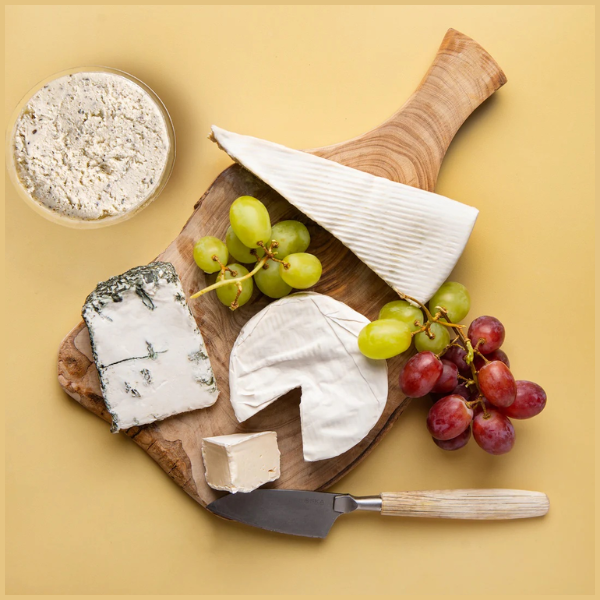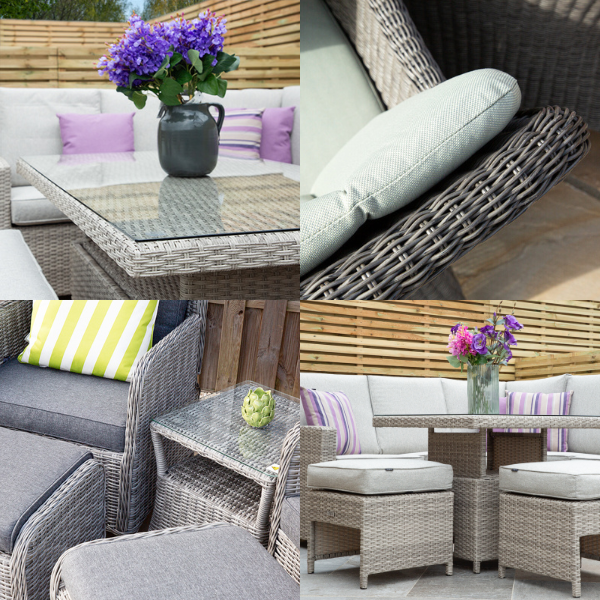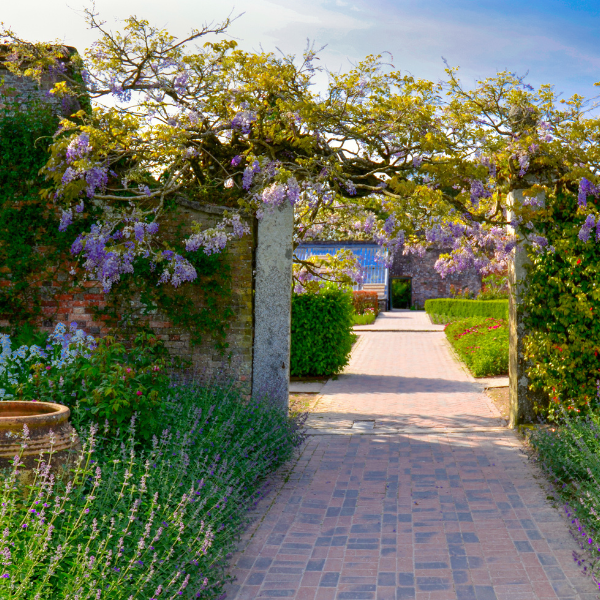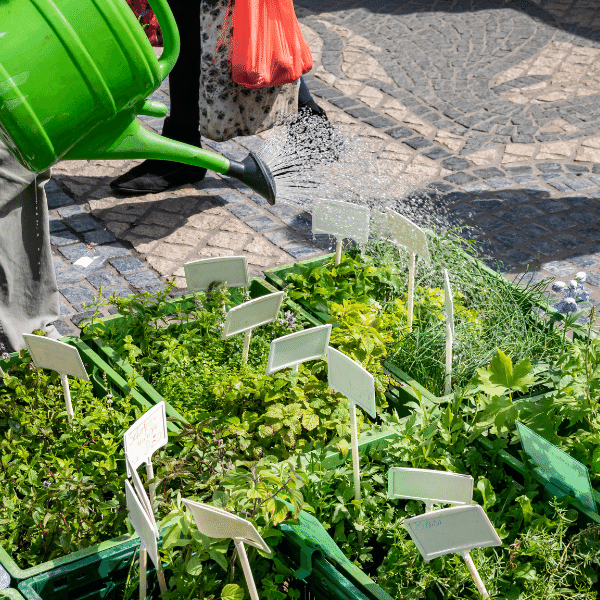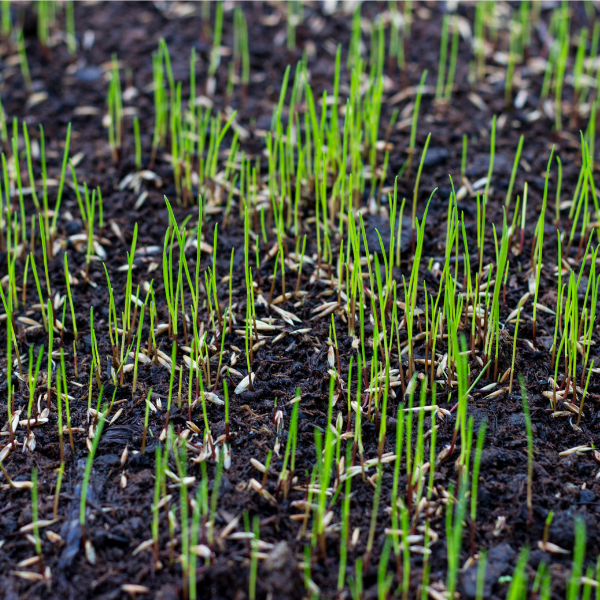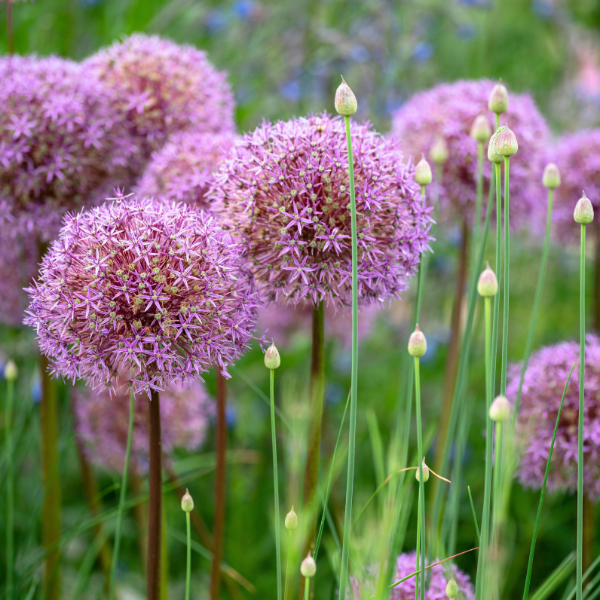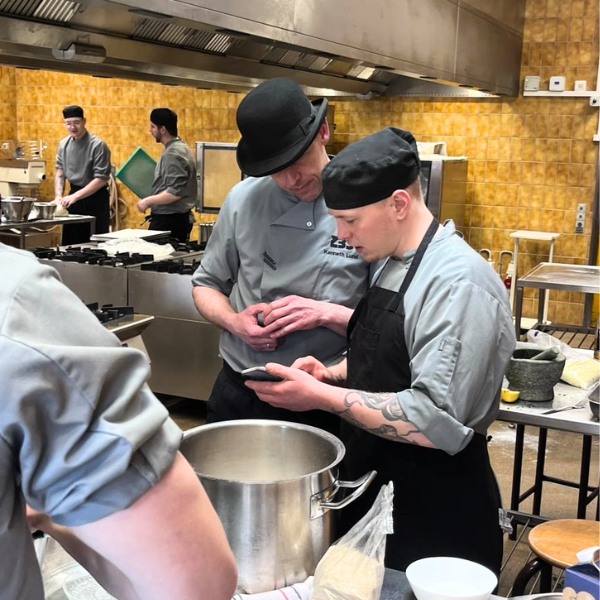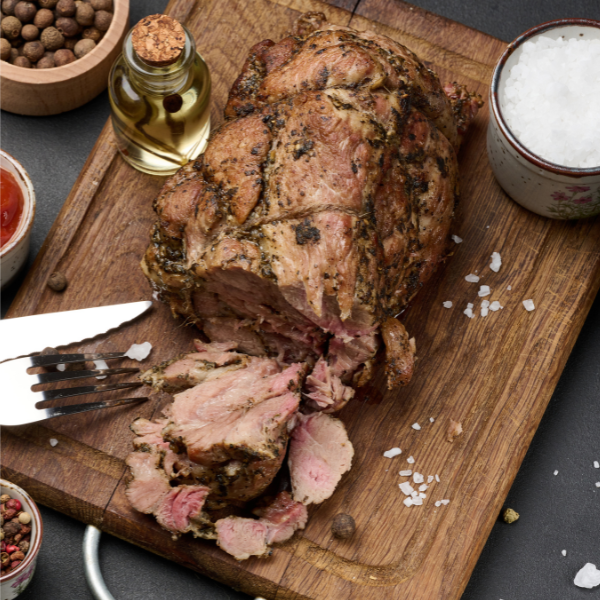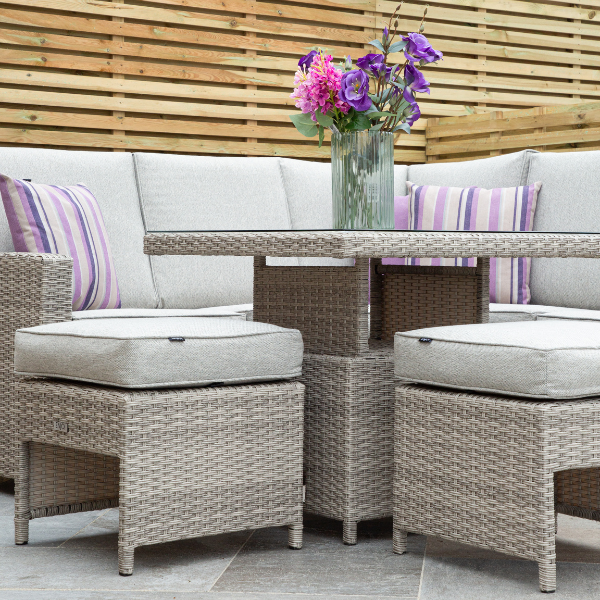Gardening In June

Summer arrives
The extra hours of sun and warmth during this month encourages the garden to have a burst of growth. The extra light also means that weeds will sprout up more occasionally and seemingly out of nowhere. Keep on top of hoeing these regularly when the conditions are dry.
Guy Barter, the RHS chief horticultural advisor, said: “June marks the beginning of summer and days are at their longest. Although August is often hotter, June has the most sunshine. New plants in the vegetable garden and bedding or container plants need to do most of their growing in June while light levels are high and temperature constraints lowest. Fertiliser will help them make the most of this light for good results later in the summer. Once plants have established there is ample water from winter in the soil to see them thrugh in late summer. Newly planted subjects, however, need careful watering.”
England receives over 182 hours of sunshine on average in June. Although we tend to have more sunshine in May, due to the weather so far this year, June should hopefully be our sunniest month yet. With the average temperature reaching double figures of around 13 degrees Celsius, most of the plants we find in our gardens will be thriving.
Control the growth of weeds
Plant growth is boosted by extra light and warmth, similarly weeds also benefit from this. You can keep on top of them by shallow hoeing regularly whenever the weather is dry in order to kill most weed seedlings. Choosing a dry day when the wind is light is best for hoeing because it means the seedlings will dry out above soil, rather than re-rooting in damper soil conditions. This is only a short and simple process, but it means that weeds are kept at bay.

Be Water Wise
It is important to water plants during June even though the weather is drier. It is always important to be water-wise, so keeping an eye on the weather is the best thing to do because then you know if rain is coming or not. If you own a water butt and it's pretty full, it's a good idea to use at least 2/3rds of this in June, which should see you through into the autumn months. In terms of using water wisely, it's best to prioritise newer plants, as these will need a lot more water than plants or trees that are already well established.
Mowing
June is the time to mow once a week, ideally letting cuttings fall back into the sward to feed the lawn. This also avoids the chore of collecting and composting cuttings. It is also the first time of the year to cut long grass with bulbs in. Instead of watering lawns in dry weather, mow less closely and less frequently. Don’t worry if there are any dead patches as they will recover in autumn. If it is particulary warm and your lawn is newly seeded or turfed, water more frequently, feeding it with special lawn fertiliser at the same time to encourage healthy green growth.

Companion Planting
Companion planting is an effective method of maintaining a natural balance in your garden by growing plants together that are mutually beneficial. Planting certain flowers or vegetable plants together brings an enormous number of benefits such as aiding pollination, preventing disease and keeping pest numbers down. Most companion plants are strongly scented and can confuse pests looking for their host plant, some have antibacterial properties, while others attract beneficial insects, such as ladybirds. Ornamental plants, such as roses are particularly successful being planted with a companion.
Planting tall plants next to shorter ones, is definitely one combination to avoid, as the taller plant will ultimately block all the light and prevent the shorter ones from growing well. Growing plants that need a lot of water next to a drought-tolerant plant is also to be avoided, as one plant will be getting too much water and one, too little.
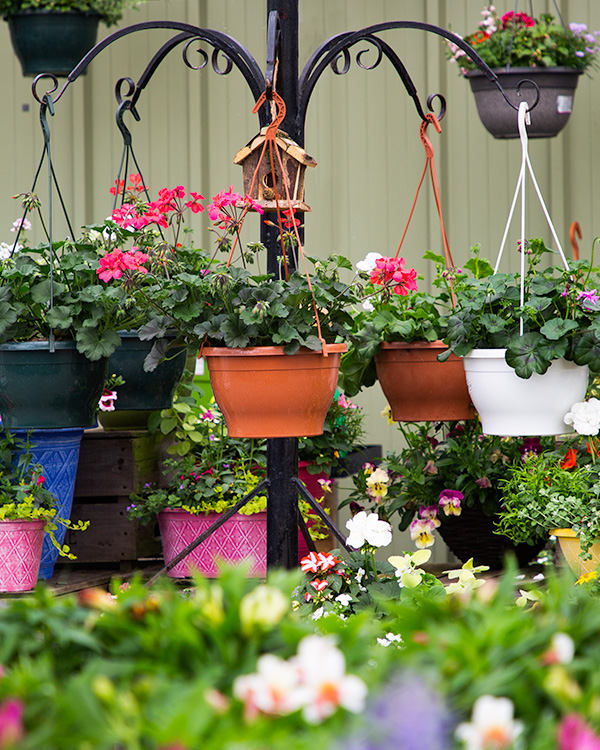
Hanging Baskets & Summer Pots
Pots and other containers can now be placed outside as there is little or no danger of frosts. Hanging baskets can dry out quickly, so it is important to keep an eye on them, making sure they are moist but not too soggy. An easy way to check if they need water is to gently lift or nudge the baskets to gauge how heavy they are. The professionals say that a mugful of water a day can keep hanging baskets healthy, without wasting too much water. It is also important to deadhead flowers regularly in order to prevent plants going to seed, rather than continuing to flower.
Although most people like to buy their hanging basket ready-made, we think it's a fun and creative way to make your own. Here are some of the plants we would suggest:
- Begonia
- Fuchsias
- Petunias
- Bacopa
- Lobelia
- Calibrachoa
- Geraniums
- Nasturtiums
Fuit & Veg Tips
- Remember to keep leafy salad crops in shady sites since hot dry weather can lead to bitter tasting leaves. Continue to sow veg and salads such as beetroot, pak choi and radish.
- June is the perfect time to sow runner beans, peas, squash, sweetcorn and cucumber. Continue to earth up potato plants as they continue to grow and if you are planting new potatoes, make sure not to overwater as this compacts the soil, squeezing out the oxygen and prevents developing tubers from swelling.
- If you are growing tomatoes, it’s a good idea to pinch out any side shoots and repot these to create new tomato plants. Start feeding once the first plant is producing fruits.
- It’s always a good idea to protect crops from flies by covering with a horticultural fleece.
- Fruit trees will naturally start shedding some fruit, this is called the ‘June drop’, aim to thin out congested branches further for bigger and better fruits. It is a good idea to protect any developing fruits from birds and squirrels by placing netting around your plants.
- Start pruning plum and cherry trees now.
- Remember that blueberry plants need to be fed with rainwater rather than tap water, as tap water contains lime which reduces the acidity of soil over time.
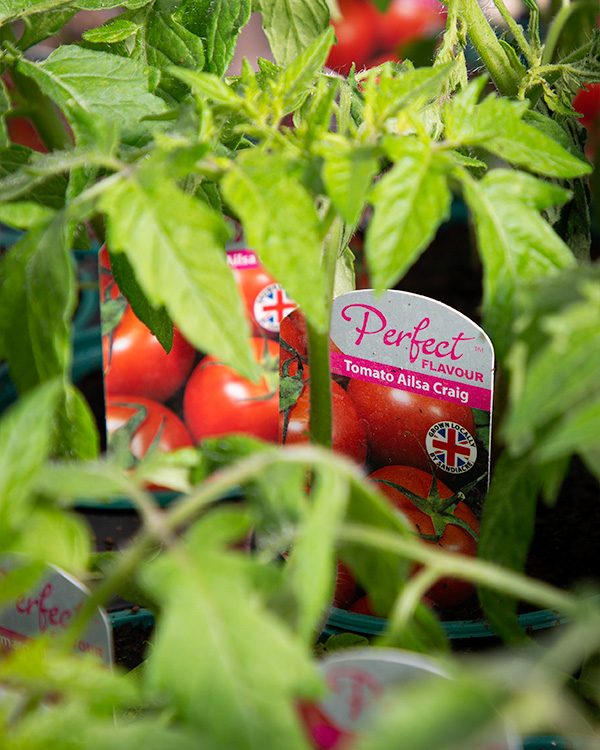

 2,768 REVIEWS
2,768 REVIEWS